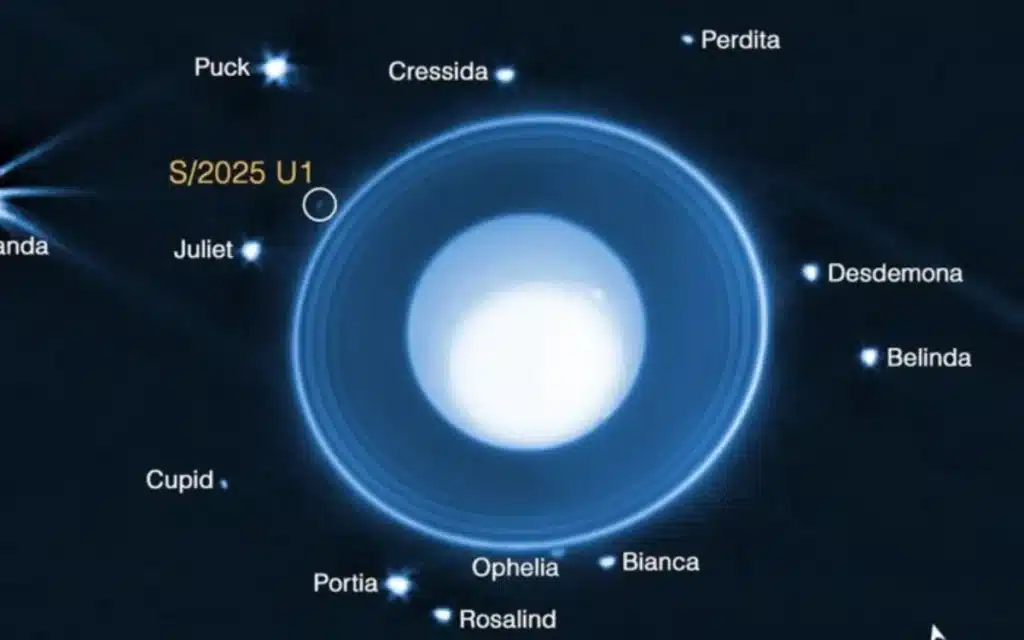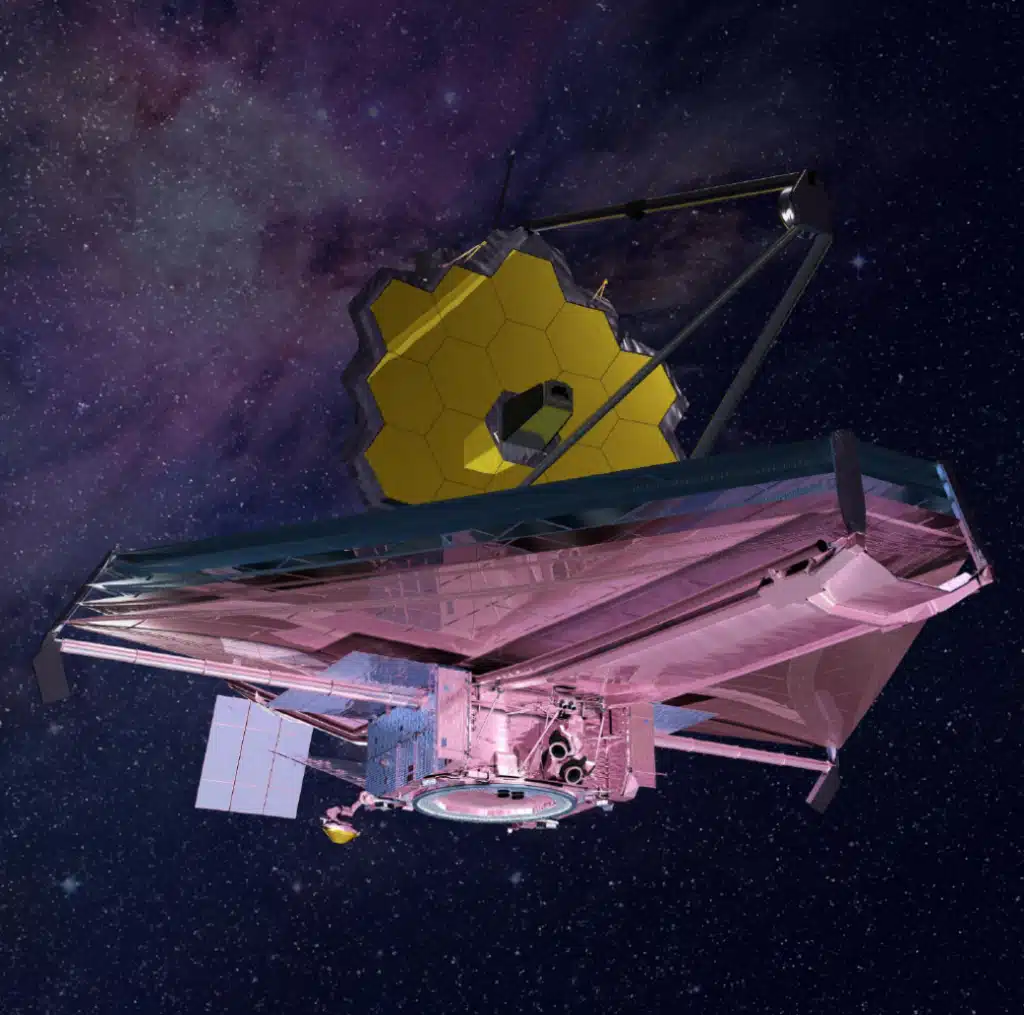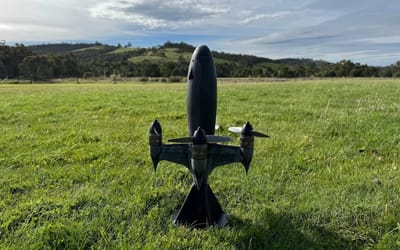NASA James Webb telescope just spotted a brand-new moon hiding in our galaxy
Published on Aug 26, 2025 at 10:10 AM (UTC+4)
by Molly Davidson
Last updated on Aug 26, 2025 at 3:49 PM (UTC+4)
Edited by
Emma Matthews
NASA’s James Webb telescope has a habit of rewriting what we thought we knew about space.
But this time, the shocker wasn’t some galaxy billions of light-years away.
It was something right here in our own solar system, hiding in plain sight.
A brand-new moon, just six miles wide, has been spotted orbiting Uranus.
VISIT SBX CARS – View live supercar auctions powered by Supercar Blondie
The new moon hiding near Uranus
The discovery came from a team at the Southwest Research Institute, which dug through the James Webb Telescope’s Near-Infrared Camera images.
It took 10 separate 40-minute exposures to tease the hidden moon out of the cosmic shadows – no small feat considering even Voyager 2 missed it when it flew past Uranus 40 years ago.
Right now the moon is called S/2025 U1.
Catchy? Not really. But what it lacks in branding it makes up for in placement: it orbits just 35,000 miles from Uranus’ center, which is only about 15 percent of the Earth-Moon distance.

That puts it smack bang inside the planet’s rings, rubbing shoulders with its 28 other moons.
“No other planet has as many small inner moons as Uranus,” research team member Matthew Tiscareno explained.
He says their tangled relationship with the rings hints at a chaotic history where moons get shredded into dust, rings clump into new moons, and the cycle repeats.
In other words, Uranus is running a cosmic recycling program, and Webb just caught its latest recruit.
And because Uranus’ moons are traditionally named after Shakespeare and Alexander Pope characters – think Ophelia, Juliet, even Puck – expect the International Astronomical Union to get theatrical with this one.
The James Webb telescope has a habit of breaking the universe wide open
Webb’s reputation for shaking up astronomy is already well-earned.
Earlier this year, the telescope released a massive dataset mapping nearly 800,000 galaxies, complete with an interactive viewer for anyone to explore.
It also nailed its first exoplanet discovery, spotting Saturn-sized TWA 7b tucked inside glowing debris rings around a nearby star.
That was Webb flexing on deep space, but this Uranus moon shows it’s just as good at finding things in our own backyard.
The bigger picture?
While some scientists worry about our own airport radars accidentally pinging aliens 200 light-years away, Webb quietly keeps pulling double duty.

It’s showing us the farthest galaxies ever seen, while also pointing out that we still don’t fully know our own neighborhood.
Out at its perch, Webb will keep snapping the darkest, deepest photographs in history.
Sometimes it’s an exoplanet or a cosmic nursery. Sometimes it’s a tiny moon circling a gas giant that everyone else missed.
Either way, Webb keeps proving the universe is bigger, stranger, and closer than we think.
DISCOVER SBX CARS: The global premium car auction platform powered by Supercar Blondie
Molly Davidson is a Junior Content Writer at Supercar Blondie. Based in Melbourne, she holds a double Bachelor’s degree in Arts/Law from Swinburne University and a Master’s of Writing and Publishing from RMIT. Molly has contributed to a range of magazines and journals, developing a strong interest in lifestyle and car news content. When she’s not writing, she’s spending quality time with her rescue English staffy, Boof.




